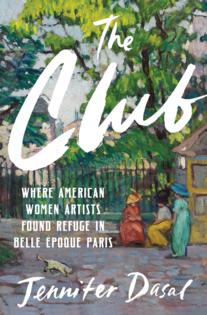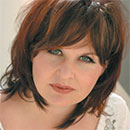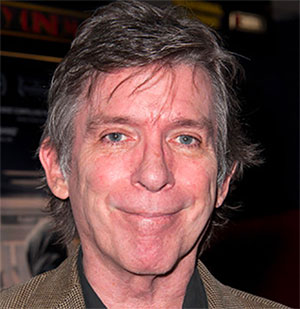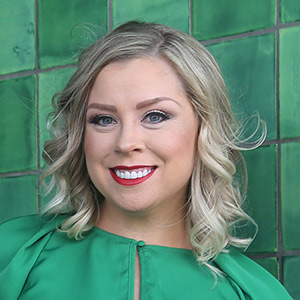Review: Long forgotten, 'The Club' was an early advocate for creative women
Published in Books News
“The Gilded Age,” HBO’s popular series, just premiered its third season, dramatizing antagonisms between old-money Manhattan gentry and the nouveau riche who strive to join their velvet-draped parlors during an epoch of immense wealth, rife with robber barons and Fifth Avenue doyennes.
In France, this period is known as “La Belle Époque," which overlaps our Gilded Age. Art historian and podcaster Jennifer Dasal limns the intersection in her breezy if uneven “The Club,” showcasing the American Girls’ Club in Paris, a gathering spot for young women keen to study in the City of Lights.
In 1893, Elisabeth Mills Reid, wife of the minister to France, and Helen Newell opened the doors at 4 rue de Chevreuse, nestled within the Left Bank, a sprawling, 100-room structure which housed a restaurant, a concierge, and spartan quarters for residents. During its two decades, well-to-do ladies with creative aspirations sipped tea in the garden and walked to nearby academies for drawing and painting lessons.
The Club is largely forgotten today, but Dasal intends to rescue its story and reputation. She deftly sketches the social milieu that shaped the organization. Her portraits dazzle.
Here, we meet an array of characters determined to slip the trappings of domesticity: the suffragette sculptor (and possibly queer) Alice Morgan Wright; the doomed Philadelphian, Gertrude Weil; the atypically working-class Southerner, Alice Rumph; and the gifted Alabaman, Anne Goldthwaite. Not all lodged at the Club, but they gravitated toward the company and common purpose, exchanging ideas while indulging in creature comforts. (Menus included turkey and salade de saison plus macarons for dessert, washed down with red wine.)
As Dasal observes, “Once a new tenant passed over the building’s threshold, she would typically fall under its spell quickly and deeply. There was a lot to love about the charming, historic structure. ‘We paid little board but lived in the midst of luxury and romance,’ asserted resident Anne Goldthwaite.”
Enrolled in classes and tutorials, the tenants soaked up stellar education that was unthinkable in their homeland. The level of instruction was rigorous, hence the attraction. Dasal notes that the courses were more restricted and expensive for women. The goal, often elusive, was acceptance to prestigious French salons. The Club also staged its own exhibits, with reports trickling back to stateside newspapers.
Dasal’s narrative sustains a warm, conversational tone, and her research is revelatory, but she never quite makes the case that the Club was more than a Parisian sorority for affluent white women.
Reid — favorite child of California’s richest man and the spouse of a multi-millionaire and politician, versed in the rituals of power — was literally a daughter of the patriarchy. The author avoids an interrogation of privilege, diminishing her book. Dasal seems aware of this conundrum, yet she’s ultimately focused on recovering a vital (if short-lived) institution from anonymity — one whose contribution was significant, even enduring.
“Some may argue that the Club did not produce any ‘big-name’ artists,” Dasal opines. “It is, perhaps, a fair question. But these are exactly the reasons why the Club deserves a second look in the history of American art. It singularly harbored a large and continually rotating community of independent, talented, and driven young women who were among the first to actively seek professionalization in the visual arts.”
Let the debates commence!
____
The Club: Where American Women Artists Found Refuge in Belle Époque Paris
By: Jennifer Dasal.
Publisher: Bloomsbury, 316 pages.
©2025 The Minnesota Star Tribune. Visit at startribune.com. Distributed by Tribune Content Agency, LLC.













Comments